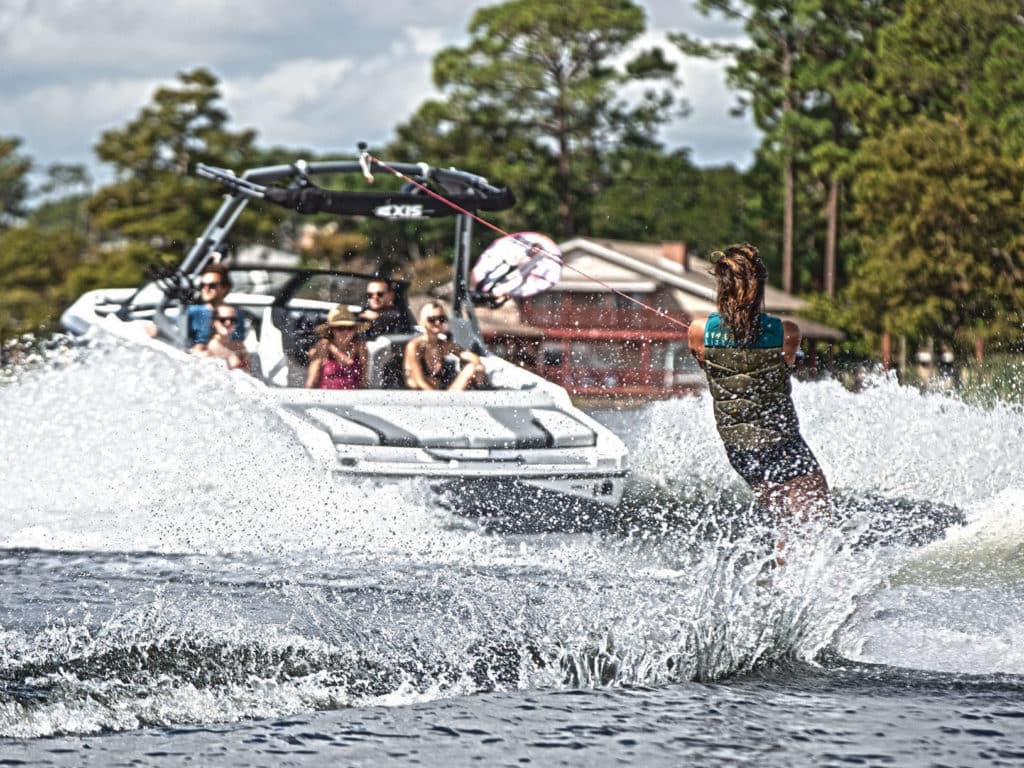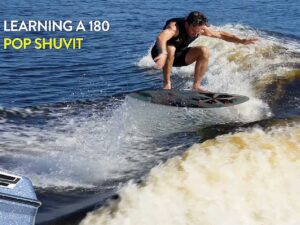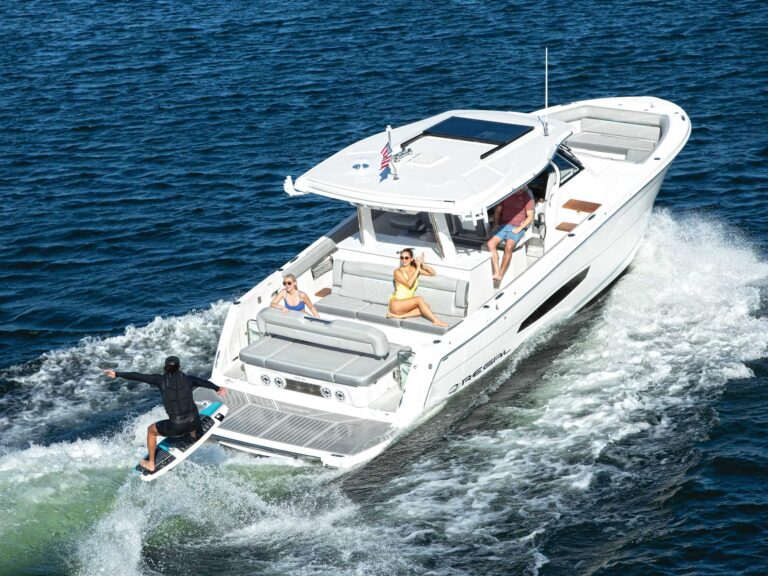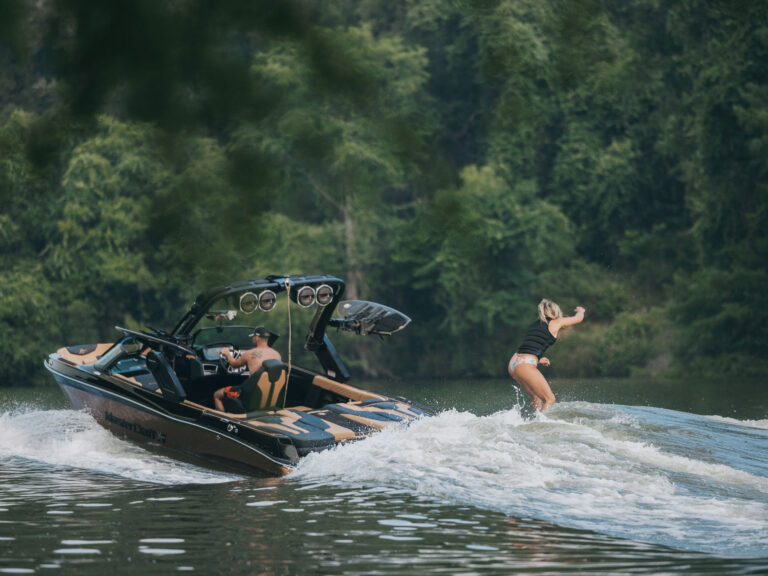
One summer morning in northern Michigan, I sat on the back deck of a lakeside cottage, watching the sun rise over the glassy water.
Suddenly, the ground began to vibrate, and my coffee cup on top of an end table started shaking. Was it the warning signs of an earthquake, or the footsteps of a ginormous dinosaur a la the famous scene in Jurassic Park? No, a group of teenagers had entered the quiet cove aboard a wakeboard boat, and they had the stereo set to “annihilate.”
While I would applaud this group of kids for waking up before dawn to pursue their passion, their ear-splitting music made me instantly dislike them. They had violated one of the unwritten rules of watersports: Keep your stereo at a reasonable volume. Most of today’s tow boats come equipped with incredible sound systems capable of overtaking any other noise on a given body of water. But just because you can do it doesn’t mean you should. In fact, if you want to maintain any sort of camaraderie with other boaters and property owners on the lake, you really shouldn’t.
With the rise in wakesurfing bringing watersports to new heights, and with more boaters in general, there is more interaction between everyone on and around the water, especially when you factor in the old standbys, such as tubing, wakeboarding, skiing and kneeboarding, along with newer toys like foiling. And while there are definitive written rules for tow sports in every state—such as having spotters and wearing life jackets—there are also the unwritten ones, such as turning down the music. We’ve covered a few of these in the past, but with more people on the water than ever, they’re worth repeating. Here are a few more unwritten rules of watersports.
Go Deep
The No. 1 complaint I hear about watersports—even more than playing music too loud—is when boaters throw big wakes toward the shore, knocking around boats in their slips and slamming into lakefront shorelines. The solution is to go out into the middle of the lake so that whatever wake you throw has time to dissipate before it reaches the shoreline. For wakesurfing, you need a depth of at least 9 to 10 feet to build a proper wave anyway, so it’s a no-brainer. For other sports where glassy water is preferred, it might be tempting to take over that quiet cove. But be considerate of how your wake might impact other boats and structure onshore.
Give Way
If you’re engaged in a tow sport, it’s on you to be mindful of other boats in the area, especially those at anchor or adrift while fishing. Think of the impact your passing in close proximity could have on their day, either by rocking their boat while at rest or scaring away any fish in the area. While having a spotter keep eyes on who you’re towing is mandatory, it’s a good idea to have a second person keep an eye out for boat traffic and possible obstructions to avoid in the water.
Communicate
Some states require skiers and other tow-sports enthusiasts to keep an orange or red flag on board and fly it when a rider is down in the water to alert other boaters. Even if this is not required where you live, it’s a great idea so you can signal to other boaters that there’s a person floating in the water and they should give you a wide berth.







